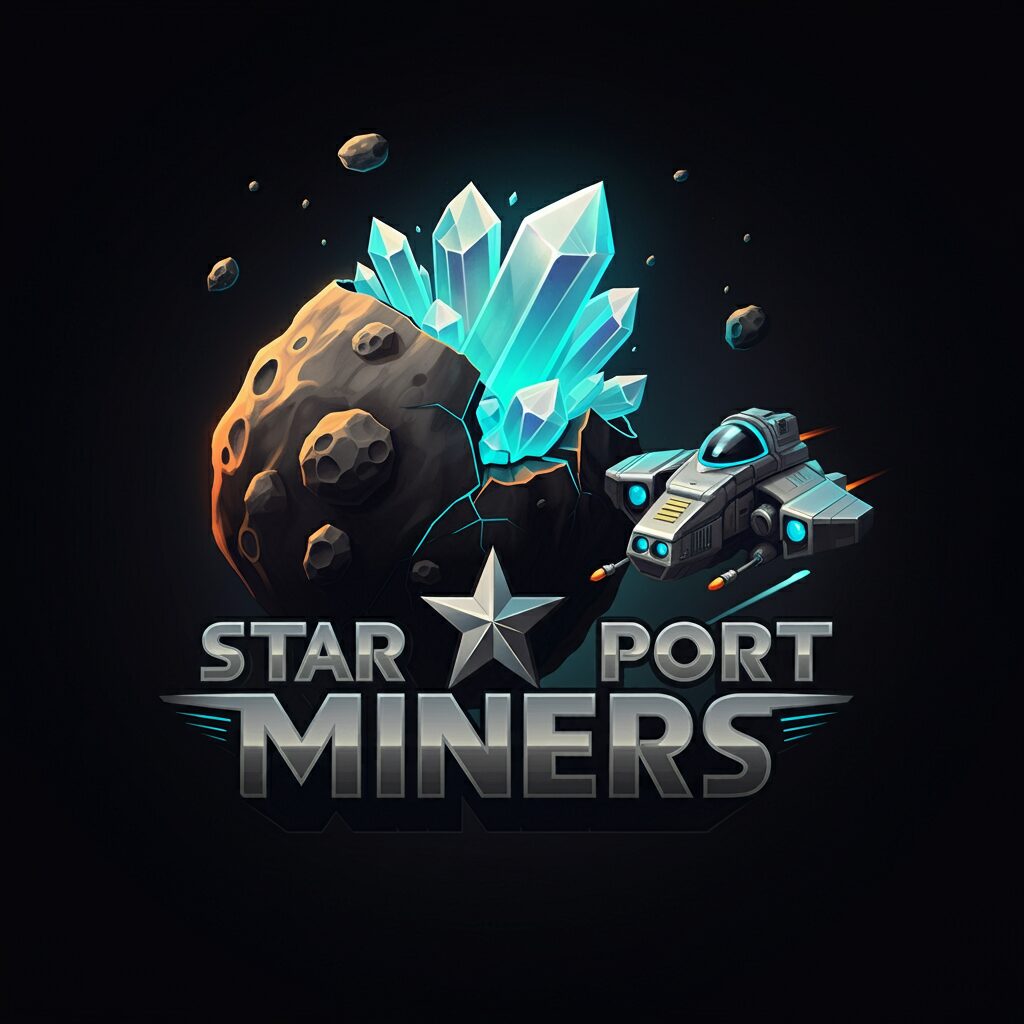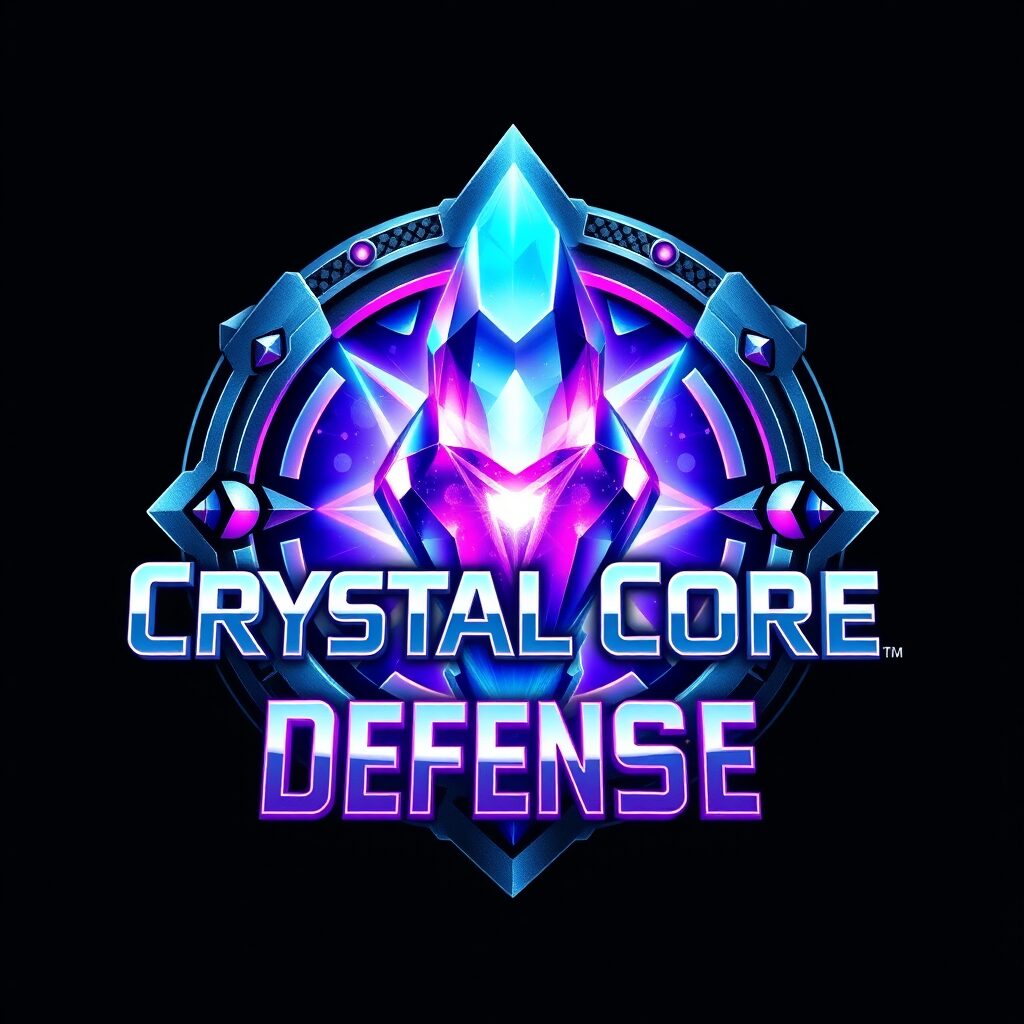Advanced level streaming for open-world games
Advanced level streaming for open-world games is essential for seamless transitions in open-world game development. Unreal Engine is popular for its advanced streaming capabilities. Efficient streaming improves the player’s experience by reducing load times and preventing performance issues. Git, a version control system, is crucial for collaborative game development to manage changes made by multiple team members. Using Git ensures everyone works on the latest game version and prevents conflicts between different code versions. Efficient streaming, loading, and effective version control with Git are critical for successful open-world games using engines like Unreal Engine.

Understanding Streaming in Unreal Engine
Unreal Engine’s Approach to Streaming
Unreal Engine, a popular game engine, uses runtime loading to handle streaming in large open worlds. This technique dynamically loads and unloads assets as the player moves, ensuring seamless transitions between areas. World Composition is a key tool for managing large worlds, breaking them into manageable tiles. Each tile can be loaded and unloaded independently, optimizing performance. By understanding Unreal Engine’s streaming and runtime loading, developers can create immersive worlds without sacrificing performance or stability. Using tools like World Composition and optimizing asset management pushes the boundaries of game size and scope.
Blueprints and Grid-Based Streaming
Blueprints are a powerful tool in game development for efficient level streaming. By breaking levels into smaller chunks, developers can improve performance and reduce load times. The grid-based approach divides open worlds, making it easier to manage assets and optimize performance. Mesh and LOD optimization are crucial for level streaming, reducing polygons and adjusting detail based on player position. Implementing these techniques enhances level streaming efficiency and creates a seamless gaming experience.
Git Version Control for Collaborative Game Development
Git Basics for Game Developers
It is a widely used version control system that allows developers to track changes made to their code over time. In the context of open-world game development, where large teams work on complex projects with multiple files and assets, Git becomes even more essential. It enables developers to keep track of modifications made by different team members across the entire project, from code to art assets. With Git, developers can easily collaborate, make changes, and merge them seamlessly. This helps ensure that the final product is stable and free of errors. Overall, Git’s role in open-world game development is critical for efficient project management and successful delivery of high-quality games.
Collaboration with Level Designers
Collaboration between programmers and level designers is crucial in game development. Git is a powerful tool that facilitates teamwork and keeps the team on the same page. With Git, everyone in an Unreal Engine project can access the same codebase, track changes, and collaborate more efficiently. To use Git effectively, follow these best practices: establish a clear branching strategy for parallel development, commit frequently with descriptive messages, use feature flags for features in development, utilize pull requests for reviewing and merging changes, and regularly update your local repository to avoid merge conflicts. Utilizing Git improves collaboration between programmers and level designers in Unreal Engine projects, leading to efficient workflows and high-quality results.
Multiplayer Considerations
Developers face challenges in implementing multiplayer in open-world games. Synchronizing streams, minimizing latency, and optimizing network protocols are crucial for a smooth multiplayer experience. Seamless transitions between levels or areas also require careful planning of data streaming and level loading. By following these best practices, developers can create immersive multiplayer experiences in open-world games.
Modifying Default Streaming Settings
Customizing streaming settings in Unreal Engine can enhance game performance and player experience. Epic Games, creators of Fortnite, have used streaming techniques to provide seamless gameplay to millions of players worldwide. Adjusting object loading distances and using Level Streaming can reduce loading times and improve overall performance. By implementing these custom settings, developers can create visually stunning games that are highly optimized for performance.
Linux Development and Optimization
Addressing the unique considerations for Linux-based game development requires an understanding of the platform’s architecture and limitations. Developers must take into account the open-source nature of Linux and its compatibility with various hardware configurations. To optimize streaming for a Linux environment, developers can use tools like OBS Studio or FFmpeg to ensure smooth playback and low latency. Git plays a crucial role in managing cross-platform development as it allows teams to collaborate on code changes and track revisions across different operating systems. With Git, developers can easily merge code from multiple branches, resolve conflicts, and roll back changes if necessary. Additionally, Git can be integrated with other tools like Jenkins or Travis CI to automate build and deployment processes.
Streaming and Loading for Different Areas
To ensure smooth gameplay in open-world games, developers should prioritize streaming based on player location and focus. Dynamic loading screens can provide information about new areas while the game loads. Optimizing graphics settings can improve performance. Realism and consistency are important in design, considering weather, terrain, and hazards. By employing these strategies, developers can create immersive gaming experiences that keep players engaged for hours.
What is the level streaming method?
Level streaming is a technique in game development that loads and unloads different areas or levels as needed. Instead of loading the entire game world, it only loads the necessary portions based on the player’s location and focus.
What is streaming in Unreal Engine 5?
In Unreal Engine 5, streaming refers to the process of loading and unloading assets in real-time to optimize performance and memory usage. This is particularly useful in open-world games, where players can explore vast environments seamlessly without experiencing long loading times or excessive memory consumption.
Conclusion
Advanced-level streaming in Unreal Engine for open-world games involves key takeaways for game developers. Git version control is crucial for collaborative development, allowing easy tracking of changes. Experimenting with different streaming and loading techniques improves game performance and transitions between game world parts. With optimization, developers can create immersive open-world games that keep players engaged for hours.
Follow on Instagram.




